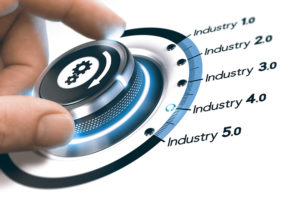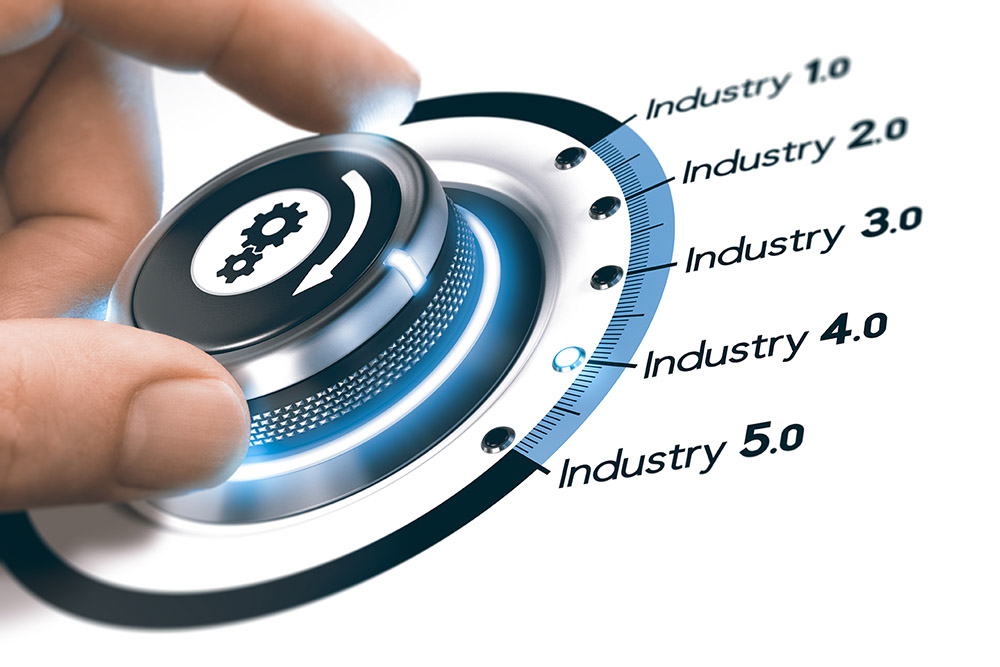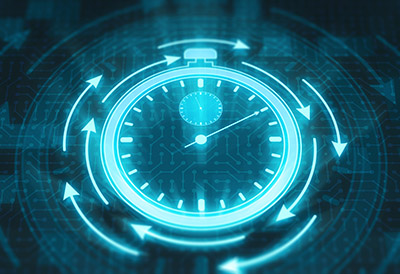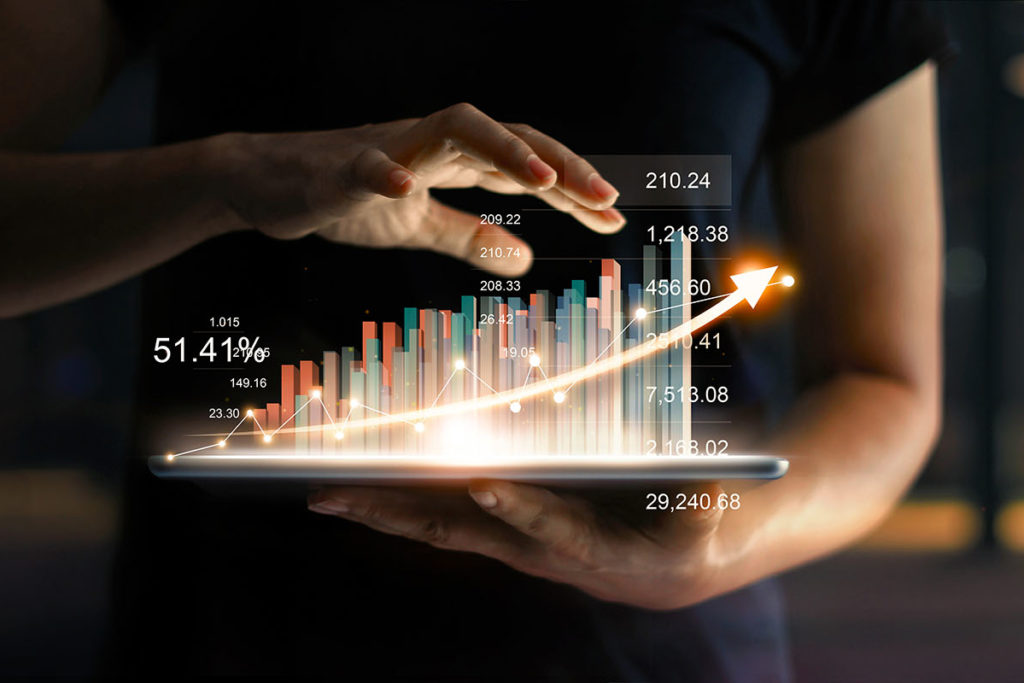
Think for a moment how you utilized your phone 10 years ago, or even 5 years back. Mobile phones have surpassed being an accessory and for many are now staples in daily function. Many start their day depending on them as an alarm clock, for calendars & reminders, for podcasts through morning commutes, etc. Not to mention as applications for work, as search engines…oh yah, and for calls. Not too long ago mobile phones flipped open, had pull out antennae, and many didn’t have cameras. Cell phones have definitely transformed in a short time, and our lives along with them. A revolution, maybe? Rapid evolution, definitely. Analogous with other industries, manufacturing has seen similar prompt advancement, trending towards Industry 4.0. With this industry shift, similar to mobile phones, being “connected” (and adaptable) is again the main focus.
Origins of Industry 4.0
The term “Industry 4.0” has been a buzzword for a few years now, referring to the “fourth industrial revolution.” So when did it start? What countries are farther ahead? How long will it last? What’s the endpoint? Only time will tell for many of those questions. Like the preceding revolutions (Industry 1.0, 2.0 and 3.0) the dates are hard to define. Social & economic revolutions occur gradually over a long period of time, so their impact takes time to be felt throughout an industry. It’s often more straightforward to reference an event or a person’s influence after the fact.
Industry 4.0 is thought to have originated in Germany in 2011 at the Hanover Fair. Leading eventually to formal adoption of the term by the German government a few years later (approximately 2013). Successively it has reached the majority of the manufacturing industry. If the Fourth Industrial Revolution started in 2013, when did Industry 3.0 stop you might ask? We will come back to that distinction in a moment. Instead, let’s take a moment to look at how we got to this point.
The Journey: Industry 1.0 – Now

(Image: The Industrial Revolution: From Industry 1.0 to Industry 4.0. From the blog of the same name by seekmomentum.com)
Revolution 1.0, which has been coined “mechanization,” notes the transition from hand-made items from skilled artisans, to goods being made utilizing implements powered by water and steam. This had a significant and probably the most notable impact on the textile trade, before spreading to others. Revolution 2.0 is often remembered by the incorporation of the assembly line and a division of labor, hallmarked by Henry Ford. This is when new technologies such as electricity began replacing water & steam. And with it “mass production” claimed its place in industry.
Approximately the mid to late 1960s is the time associated with Revolution 3.0, known as “automation” or “digitization.” This may relate to the integration of CNC aspects, among others, which promoted more precision and accuracy in industry. Digital controls progressed in the eighties. Digitization in many forms has continued to progress since. Processes are now commonly automated using logic processors, operating largely without human interference, but there is still a human aspect behind it. The process is automated based on individual input, not by data. This last aspect is one of the main distinctions from Industry 3.0 to Industry 4.0.
Industry 4.0
If Industry 4.0 is to have started in 2013, it's instinctive to ask “what year did revolution 3.0 end?” That is up for debate, the best answer might be that Industry 3.0 may not have yet concluded. There are those who note Industry 2.0 was more of an “evolution,” a refinement in the utilization of techniques already in place, augmented by new technology. Something similar could be argued for Industry 4.0’s position in relation to 3.0, leading to an overlap in time frames. Some, like Mike Moore of techradar.com, clarify that “Industry 4.0 is neither a new form of technology, nor a business ideal, but in fact a revamped approach inspired by new advancements to achieve results that weren't possible 10 years ago. “
Bernard Marr, a contributor for Forbes, put it this way, “the fourth industrial revolution will take what was started in the third with the adoption of computers and automation and enhance it with smart and autonomous systems fueled by data and machine learning.” It is that direction, and the presence of new interconnected technologies in plant operations that Ryan Chan from UpKeep believes will impact interoperability, while promoting decentralization of information, real-time data collection and heightened flexibility in the industry.
2020 & Beyond Industry 4.0
Industry 4.0 will continue to bring with it a change, in particular ever increasing levels in “connectedness.” Connected manufacturing, per Industryweek.com, “…is a business strategy that leverages cloud computing to harness operational and business data for greater visibility, efficiency, control, and customer satisfaction. Connecting your people, processes, and supply chains gives you end-to-end visibility and control.” This is sure to transition many shop floors and their workers. That transformation in communication will also impact the products being made for the better, more consistent, of higher quality, etc. This along with the new technologies being integrated every day will change the manufacturing landscape to something unrecognizable to decades prior, and one that will be ever evolving.
Is the communication level, integration and direction of industry new (= “Industry 4.0”), or more of an evolution of the automation, robotics, sensors and tools already established in manufacturing as part of Industry 3.0. Your answer may be more specific to your industry or based on what you have experienced in recent years. Regardless of how it's labeled, there is likely to be further refinement, synergy and efficiency—all leading to a continual optimization in processes for years to come. “Connectedness” has changed again, past phones, past person to person, even past person to machine, and is now refining/defining machine to machine interaction. Whether it’s an evolution or a revolution is “your call.”





Thank you for sharing this informative article with us, it is very useful for the understanding of industry4. 0.